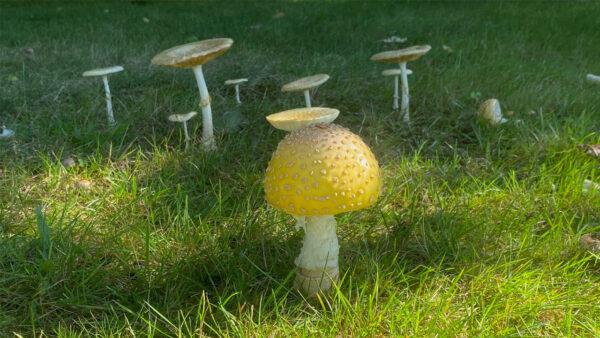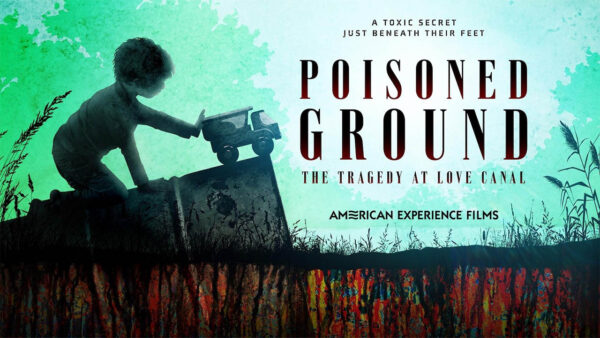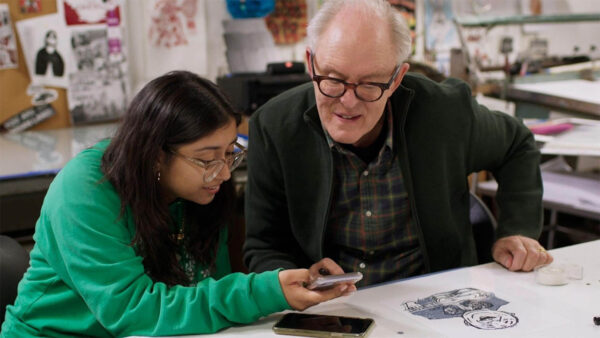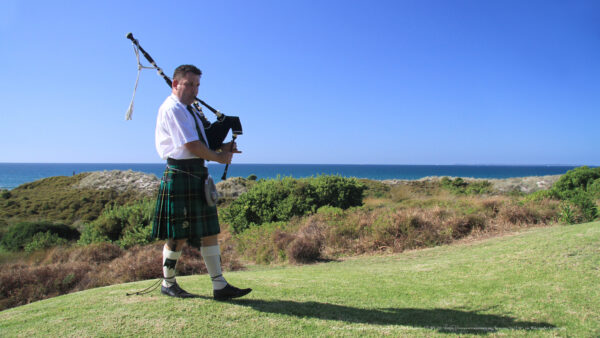Premiering Wednesday, May 11 at 8 p.m.
Sixty-six million years ago, a gigantic asteroid, larger than Mount Everest, slammed into Earth, killing the giant reptiles that had dominated the planet for over 150 million years. There is strong evidence of the impact, but no fossils of a dinosaur killed in the event itself have ever been found. Now, at a dig site hidden in the Badlands of North Dakota, scientists have uncovered a wealth of fossilized creatures that might be connected to the fateful day that ended the Cretaceous Period. In “Dinosaur Apocalypse,” Sir David Attenborough follows clues from this prehistoric graveyard, where a team of paleontologists uncover evidence they believe could help shed light on some dinosaurs’ final moments on Earth.
“We’re excited to bring viewers along on this journey as scientists excavate this extraordinary dig site,” said NOVA Co-Executive Producer Julia Cort. “We’re able to look over the shoulders of paleontologists uncovering some of the rarest fossils ever found in North America – perhaps in the world – that if confirmed, could help illuminate the most dramatic single day in the history of the planet.”
“The finds at this site are so potentially transformative that they seem almost too good to be true. That’s why telling the story of the painstaking process of analyzing this new evidence is so important,” said NOVA Co-Executive Producer Chris Schmidt. “And in the end, it just might provide us with the most intimate look yet of what dinosaurs and other creatures experienced when the Cretaceous came to an abrupt end 66 million years ago.”
Filmed over the course of three years, the special follows paleontologist Robert DePalma and his team as they explore the site and ultimately unearth creatures that may shed light on life at the very end of the age of the dinosaurs. In the first episode, “Dinosaur Apocalypse: The New Evidence,” viewers are introduced to the excavation of several groundbreakings finds in a corner of the Hell Creek Formation, an area long-famous for dinosaur fossils. The new evidence includes an incredibly rare fossilized egg with the embryo of a pterosaur – a flying reptile – still inside, a fossilized burrow possibly dug by an early mammal such as a pediomyid, and a beautifully preserved piece of Triceratops skin. As they investigate each new find, the team begins to paint a vivid picture of what life was like here during this period, showing how the creatures would have looked, lived, and interacted.
The second episode, “Dinosaur Apocalypse: The Last Day,” begins with DePalma and his team unearthing what appear to be ejecta spherules—tiny beads of molten and vaporized rock created by an asteroid impact — some of which have been preserved in amber. Closer study of one of these spherules reveals a speck of rock that is reportedly a chemical match to the asteroid itself. Nearby, the team uncovers what could be the leg of a small, herbivorous dinosaur called a Thescelosaurus — a creature that DePalma thinks may have experienced firsthand the deadly events triggered by the cataclysmic impact. If confirmed by further research, this would be the first time the fossil of a dinosaur that appears to have been killed by effects of the asteroid impact has been uncovered. Drawing on detailed examinations of the fossils, the team attempts to piece together the chain of events that devastated this region, along with the rest of the planet. The episode culminates with a blow-by-blow CGI visualization of the destruction—earthquakes, fire, and a devastating surge wave that entombs and preserves the creatures here — only to be dug up 66 million years later by scientists.
In both episodes, Attenborough examines some of the fossil finds with leading experts and follows the dig team as they carry out cutting-edge visualization and scanning techniques to reveal fossilized secrets invisible to the naked eye. Stunning CGI storytelling, based on the evidence unearthed by DePalma and his team, is used to transport Attenborough back in time to the Late Cretaceous Period and bring the creatures that lived here to life. Interwoven with a range of expert interviews that provide scientific context throughout, the special follows Attenborough on a search for clues that could provide an unprecedented window into the last days of the dinosaur age and new insights into the events that may have unfolded when the Chicxulub asteroid collided with Earth.
As horrific and devastating as that day was, Attenborough reminds us that if it weren’t for the asteroid that ended the dominance of dinosaurs, tiny mammals would probably never have evolved into the amazing variety of creatures that now populate Earth – including us. And he reveals one final rare piece of evidence from the North Dakota site: the fossilized feather of a dinosaur. It’s a reminder that the dinosaurs did not all go extinct when the asteroid hit. Members of one group, known as avian dinosaurs, survived, evolved and still live among us today: We know them as birds.





















